Huntingdon East, Hidden in Train Sight – the Archaeology of a Forgotten Station
During our excavations on the A14 Cambridge to Huntingdon National Highways scheme, we found some amazing archaeology, including the earliest physical evidence for beer brewing, and flint tools from over 4000 years ago. But archaeology isn’t just about the ancient past. It helps us understand the development of Britain’s biggest industries right up to the present day. And of course, that includes the railways!
Huntingdon East Station opened in 1866, as the “New Joint Station” (renamed Huntingdon East in 1923). It connected the Kettering to Huntingdon railway with the Ely to Huntingdon line. But in less than 100 years, the station would be closed forever.
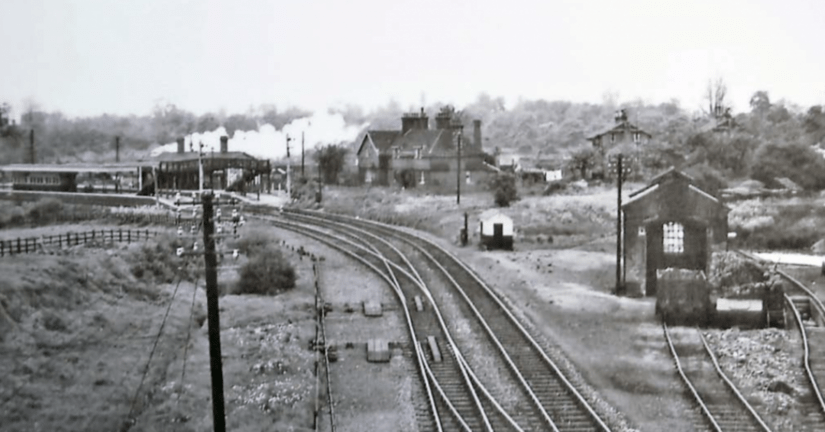
While the development and growth of the railways in the Victorian period helped connect communities and made travel across the country much easier for ordinary people, there were some problems…
The Ely to Huntingdon railway opened in 1847. Unfortunately, the only part of the railway line built was a 4-mile-long track between St Ives and Godmanchester – one mile short of Huntingdon! Despite this, the station was named Huntingdon. In fact, by the time the “New Joint Station” opened in 1866, there were already two “Huntingdon Stations”, one in Huntingdon and one in Godmanchester.
Also, there were a lot of problems with the St Ives to Huntingdon line. These included fear of fire and collapse on the small wooden bridges which crossed the River Ouse. Consequently, train speeds were limited to just 10mph!
Although Huntingdon East was a well-used station until the Second World War, these problems were never solved. So, after less than 100 years, Huntingdon East closed to the public in 1959, and was demolished a few years later. The station’s remains lay hidden under the present-day Huntingdon Station car park, until we came to excavate as part of the A14 improvement scheme.
Britain’s railways were re-developed in 1963, and more than 4000 stations closed, including Huntingdon East. All of the buildings at these stations were demolished. But our excavations showed that a surprising amount of the station’s footprint still remained!
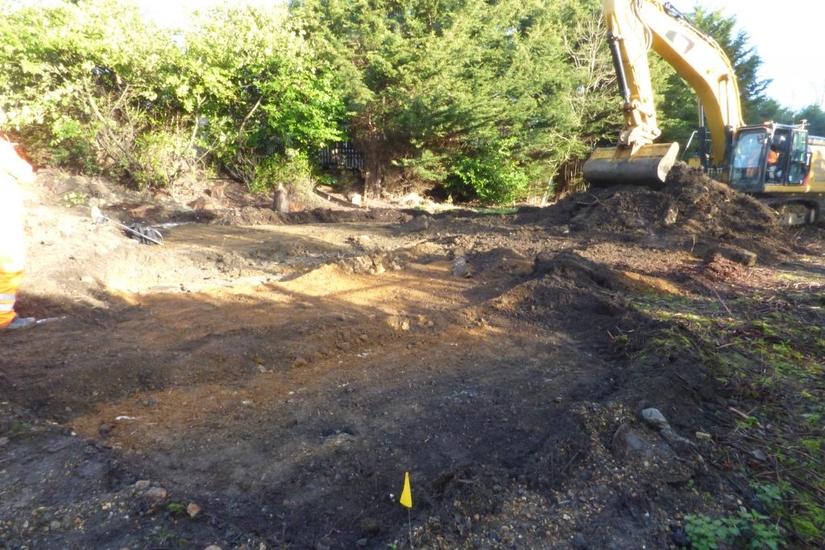
We found the foundations of the original eastern platform built in the 19th century. Only a small area of the platform wall remained, but our archaeologists could use this to tell how the platform was built.
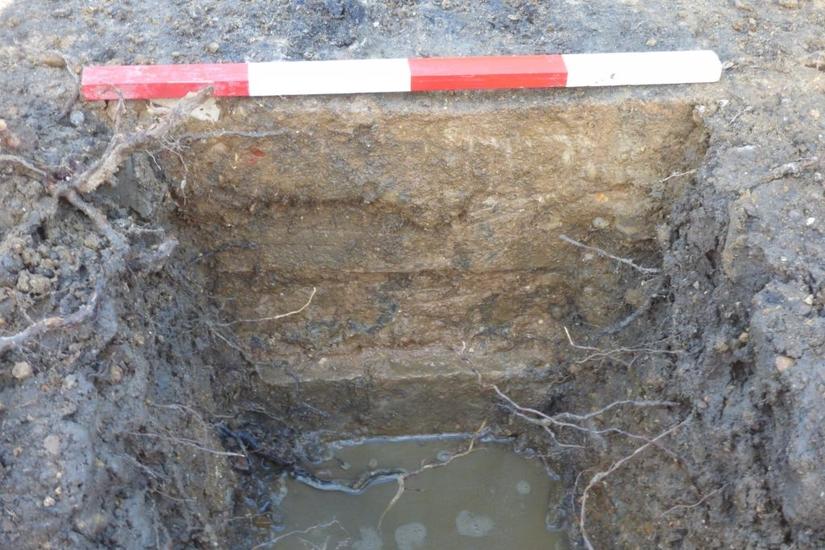
We were also able to identify a number of other buildings on the site. These included:
- the signal box
- engine shed
- coal shed
- tool shed
By taking measurements of the foundations, our archaeologists could tell the engine shed was a medium size and was built in the most popular style of the mid-1800s. It had an inspection pit which was accessed by three steps. As well as allowing engineers under the trains for repairs, the pit would have been used to check the machinery and gears underneath the train for any faults, before and after journeys.
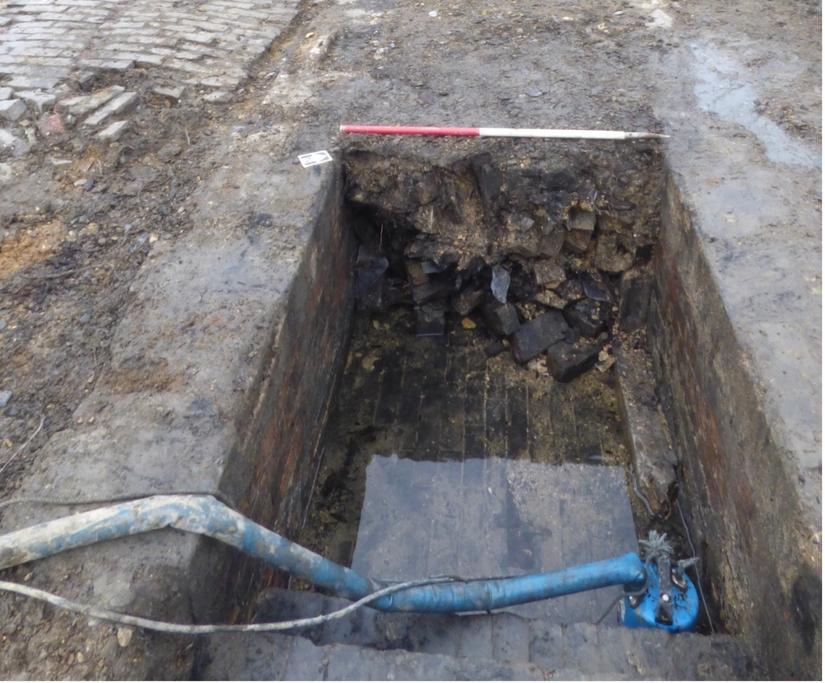
We also found the route of the train tracks. The metal tracks were salvaged when the station was demolished, so they could be reused. However, pieces of the wooden railway sleepers were left behind, as was a layer of gravel overspill from the track.
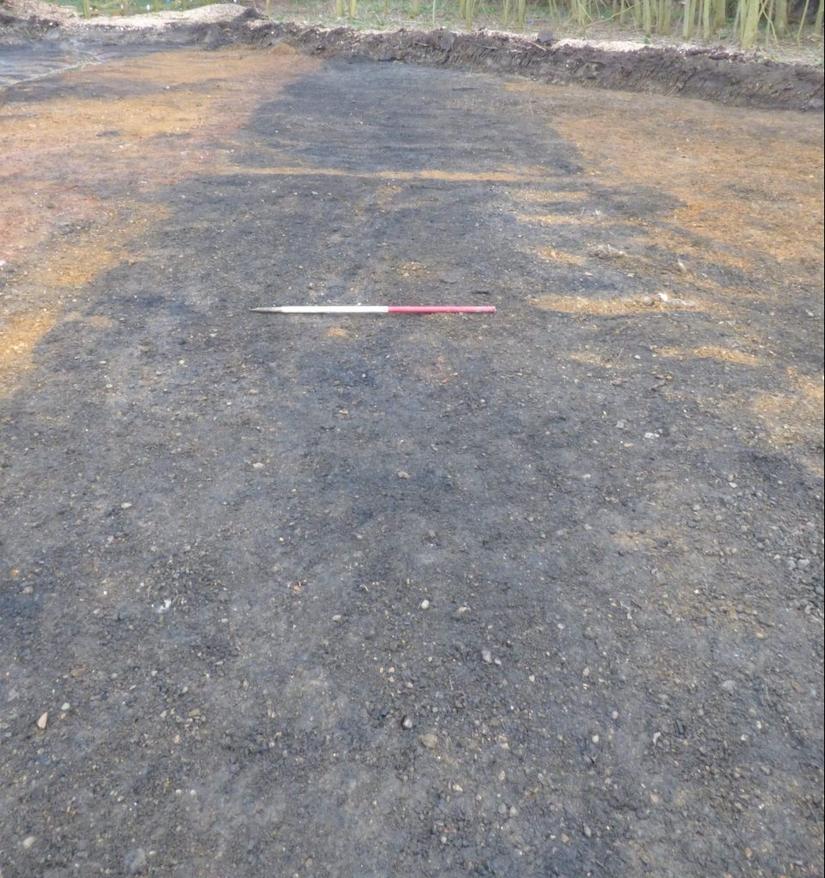
There were also some structures which didn’t appear in the station’s photographs, such as a brick culvert (drain) close to the engine shed. This was probably used for supplying water to the steam trains. This shows that even when we have photographs or historic records of a site, archaeology can still uncover something new!
Our excavations at the site of the former Huntingdon East Railway Station have helped to better tell the story of its rise and fall. Excitingly, they have also generated lots of interest in the former railway, with locals recalling the features and sharing images of the trains. A short report about the site was written, to be published soon.
What we found is useful for our understanding of the local area, but it is much more important than that. The remains of Huntingdon East can help us, and future archaeologists, understand how much survives of the other demolished Victorian stations lying hidden in towns across England, waiting for their chance to be rediscovered!
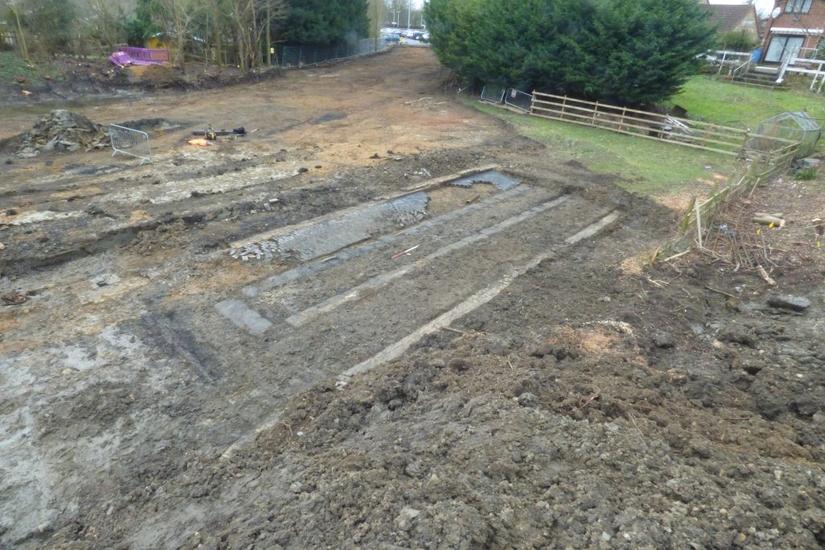
The archaeological programme for the Cambridge to Huntingdon National Highways scheme was carried out by A14 Integrated Delivery Team on behalf of National Highways. Click here to find out more about the A14C2H improvement scheme.